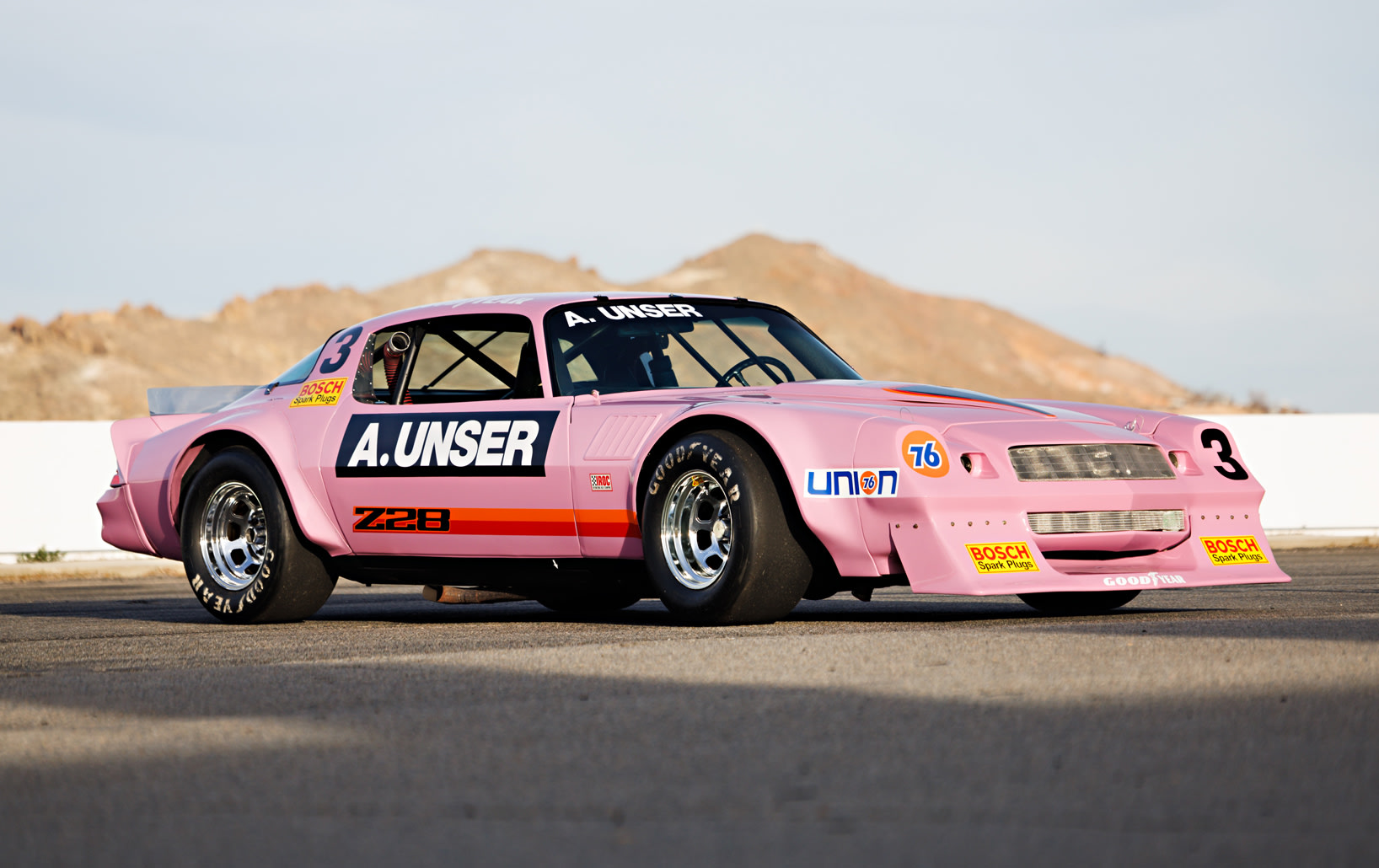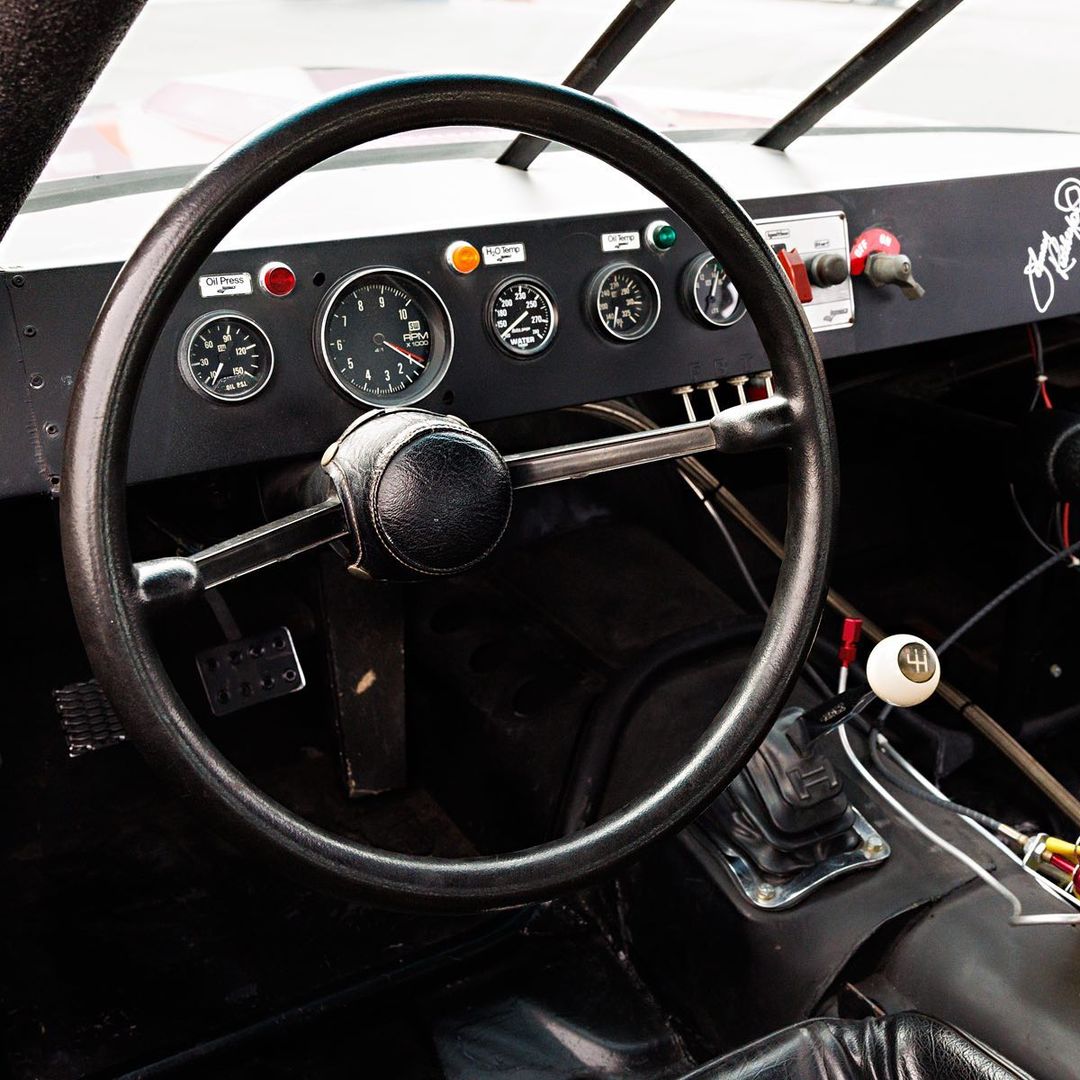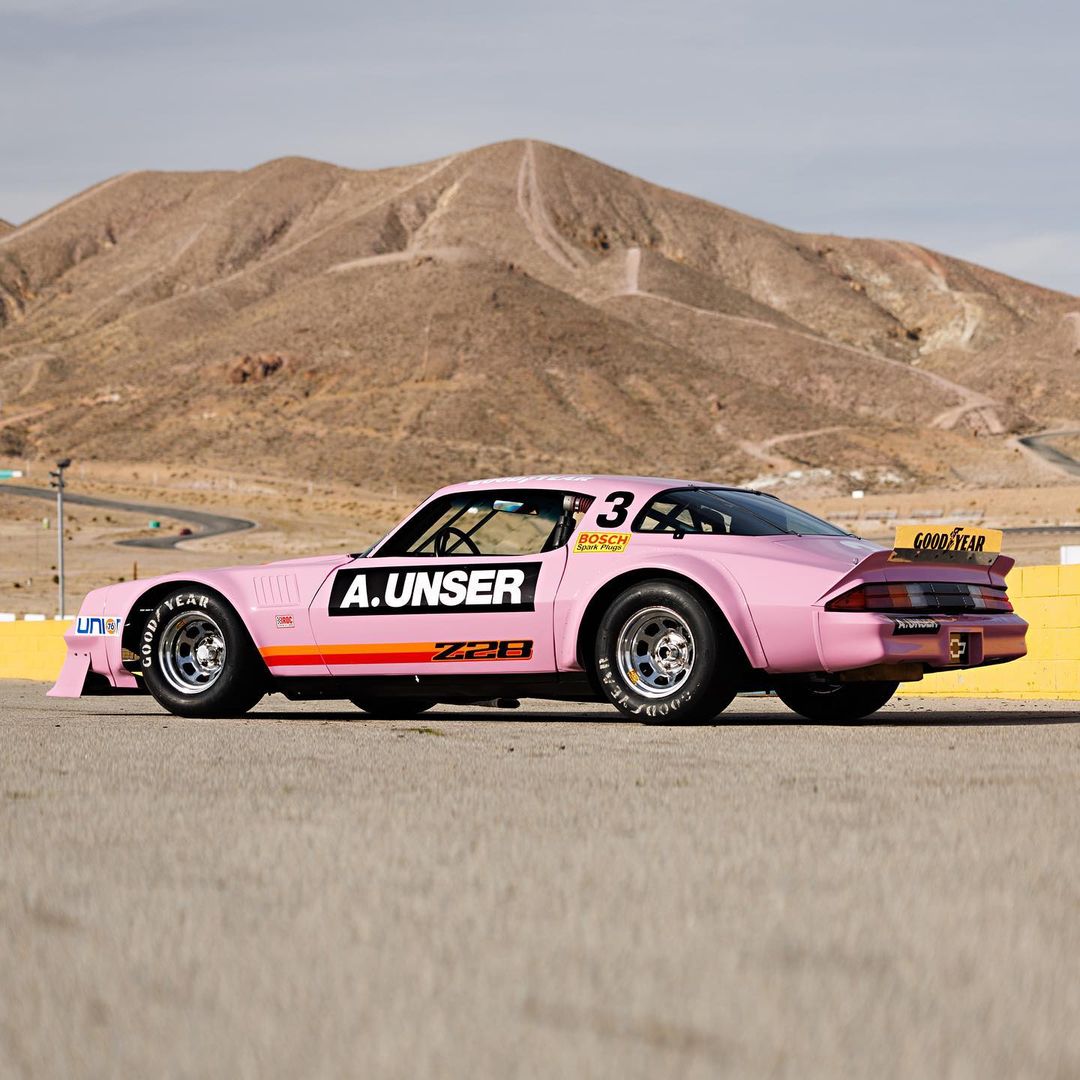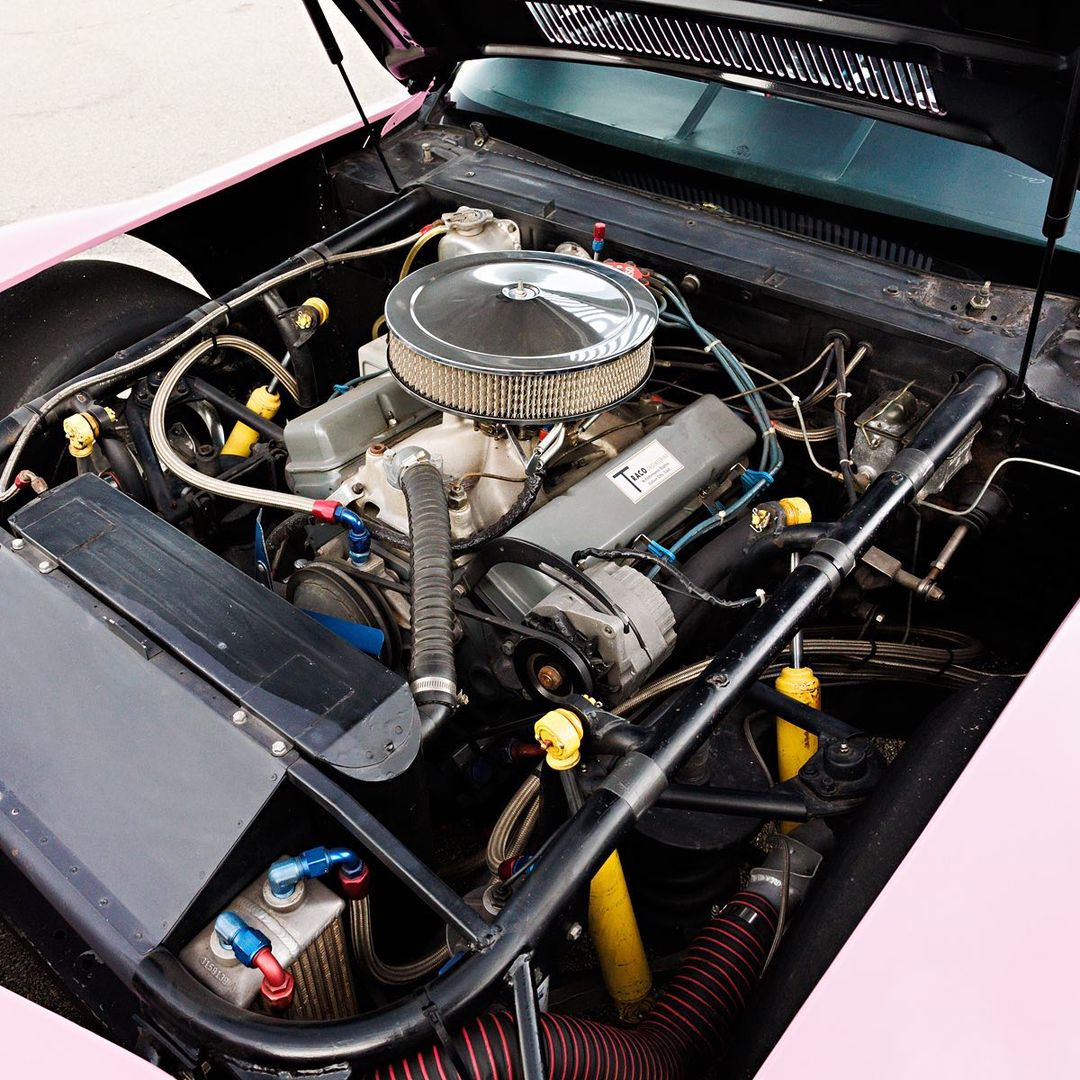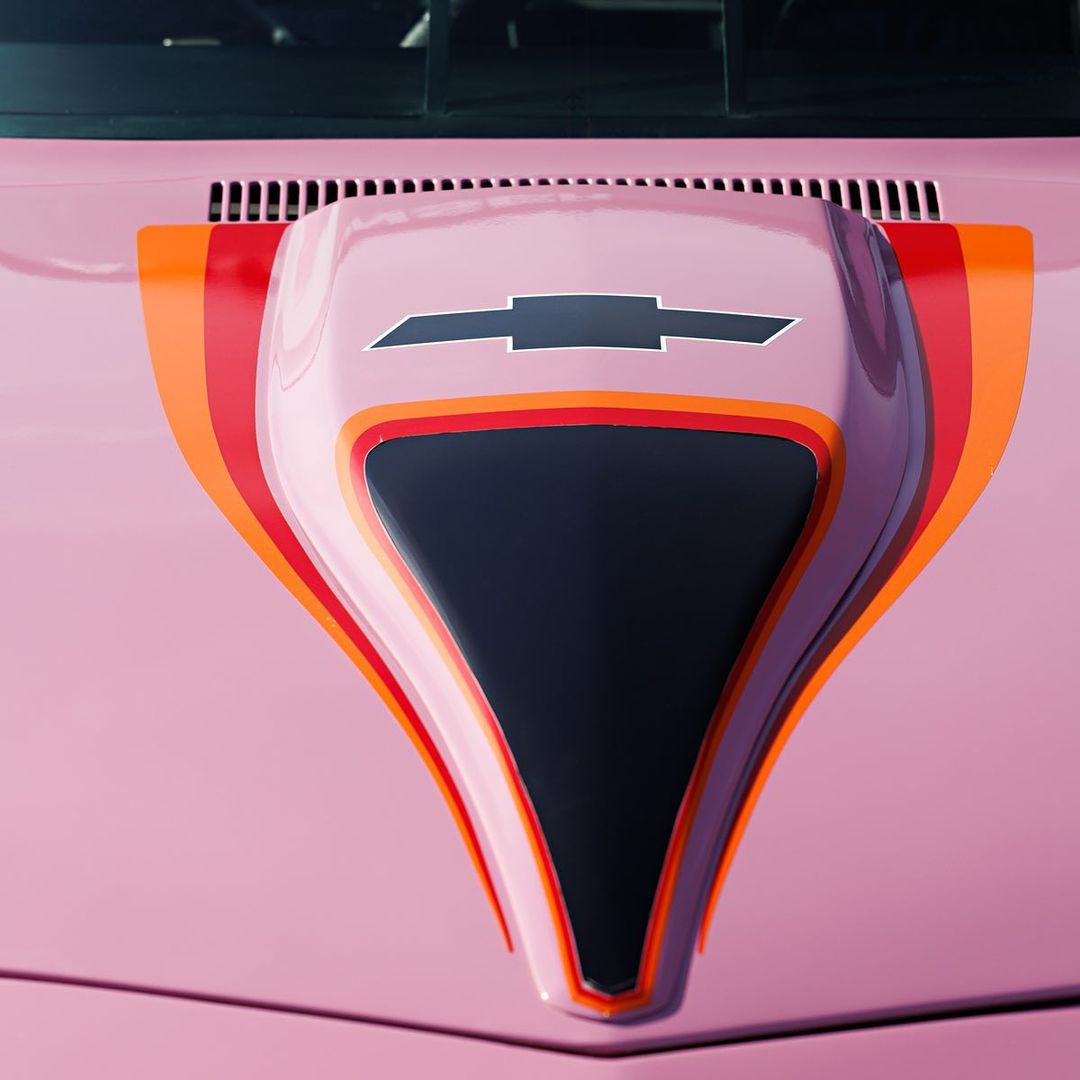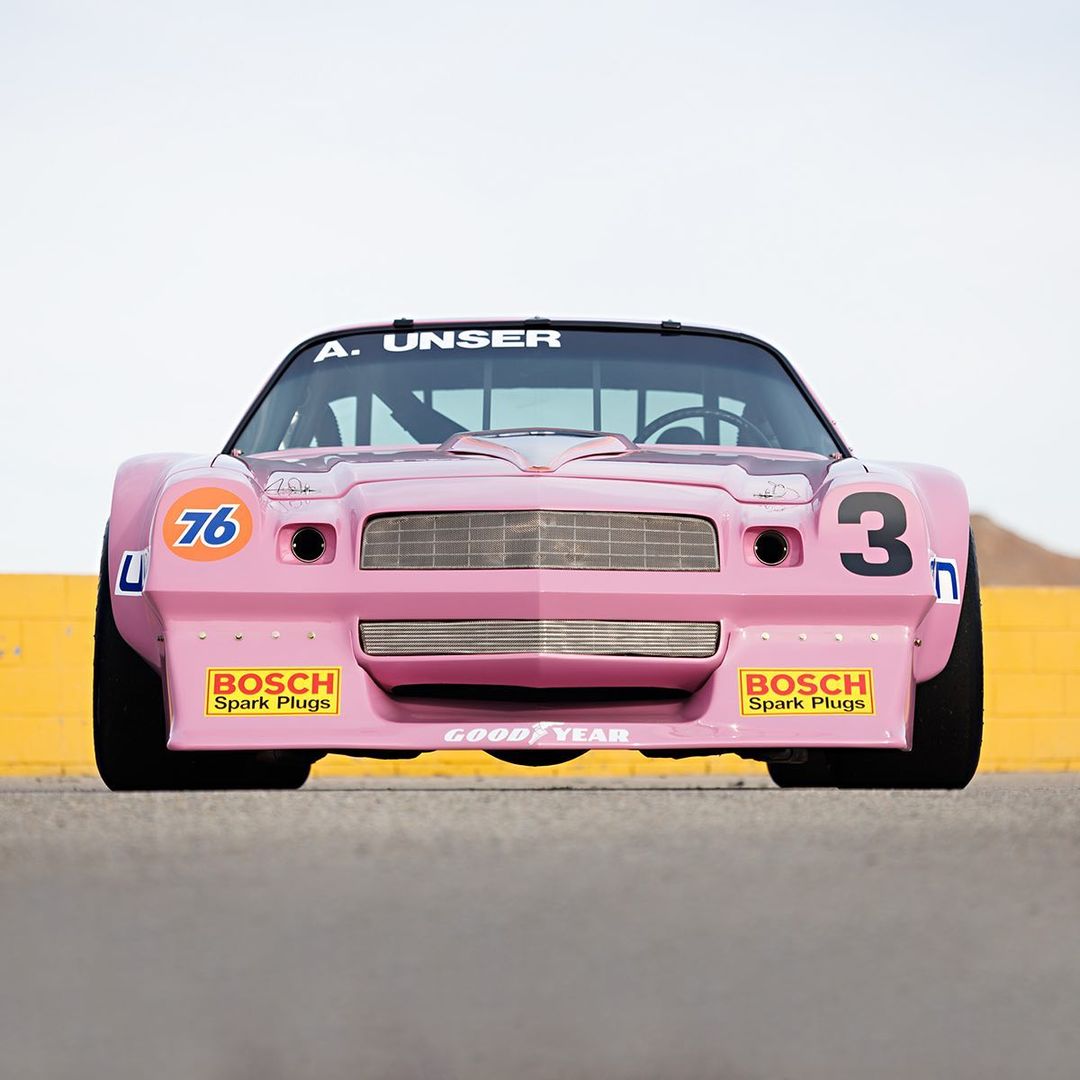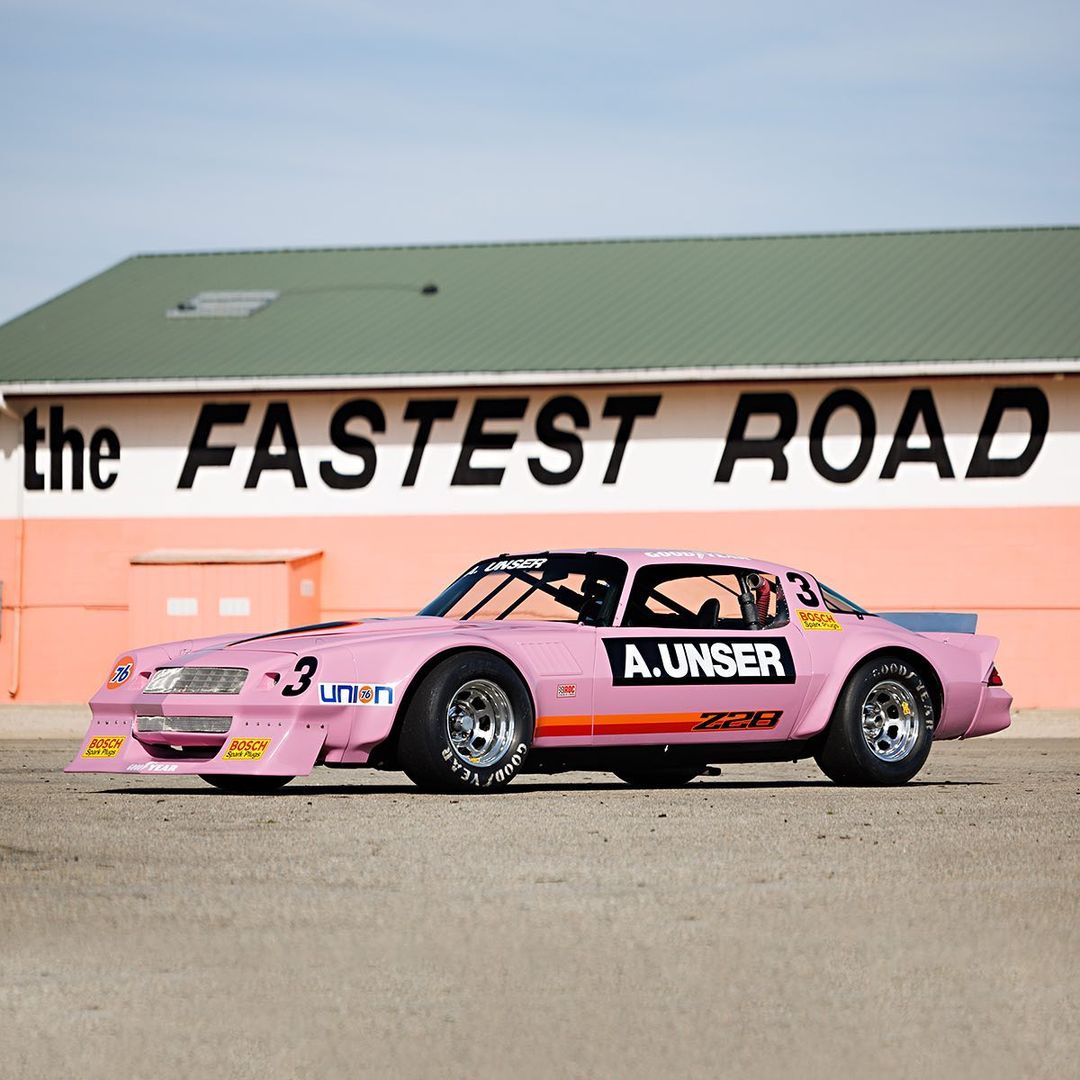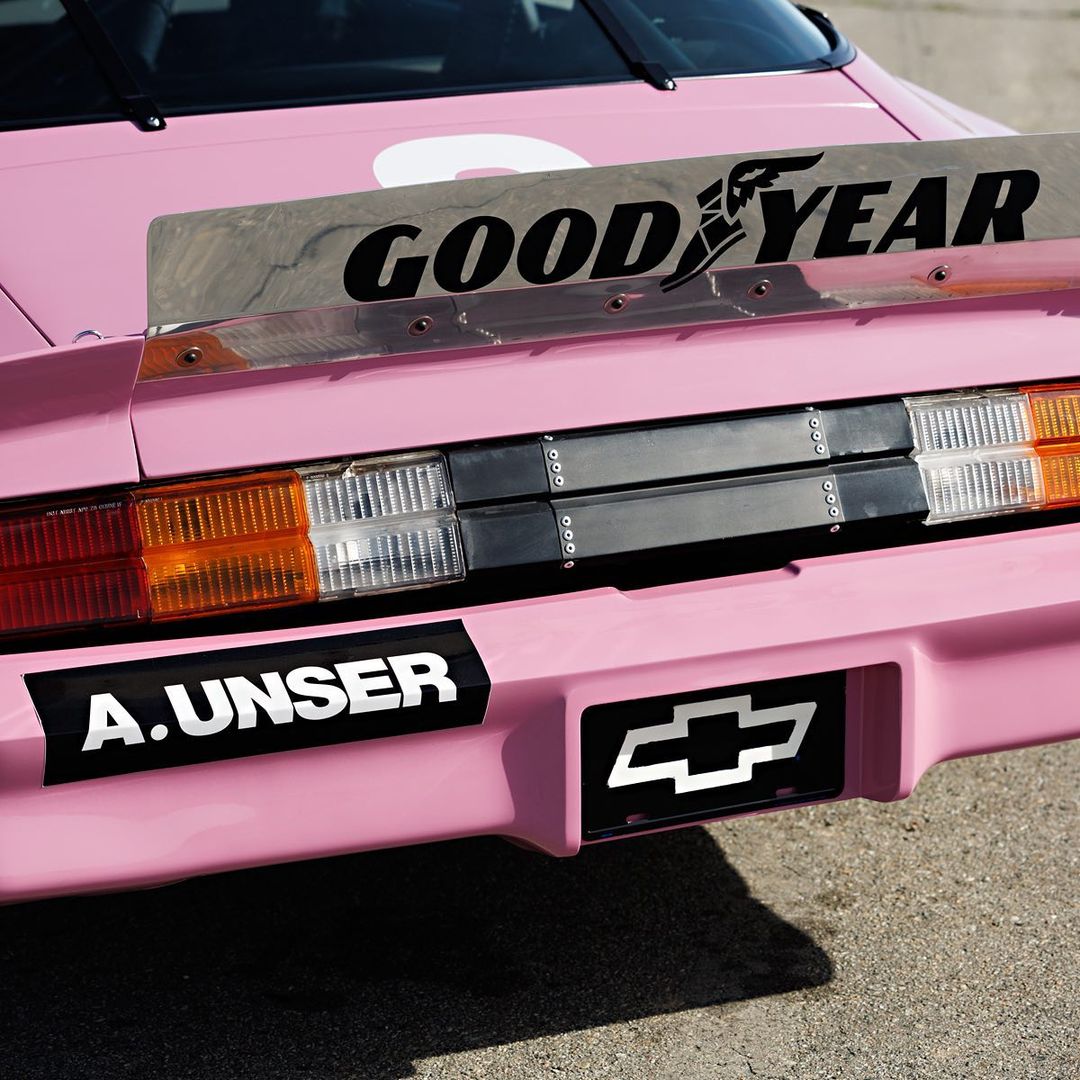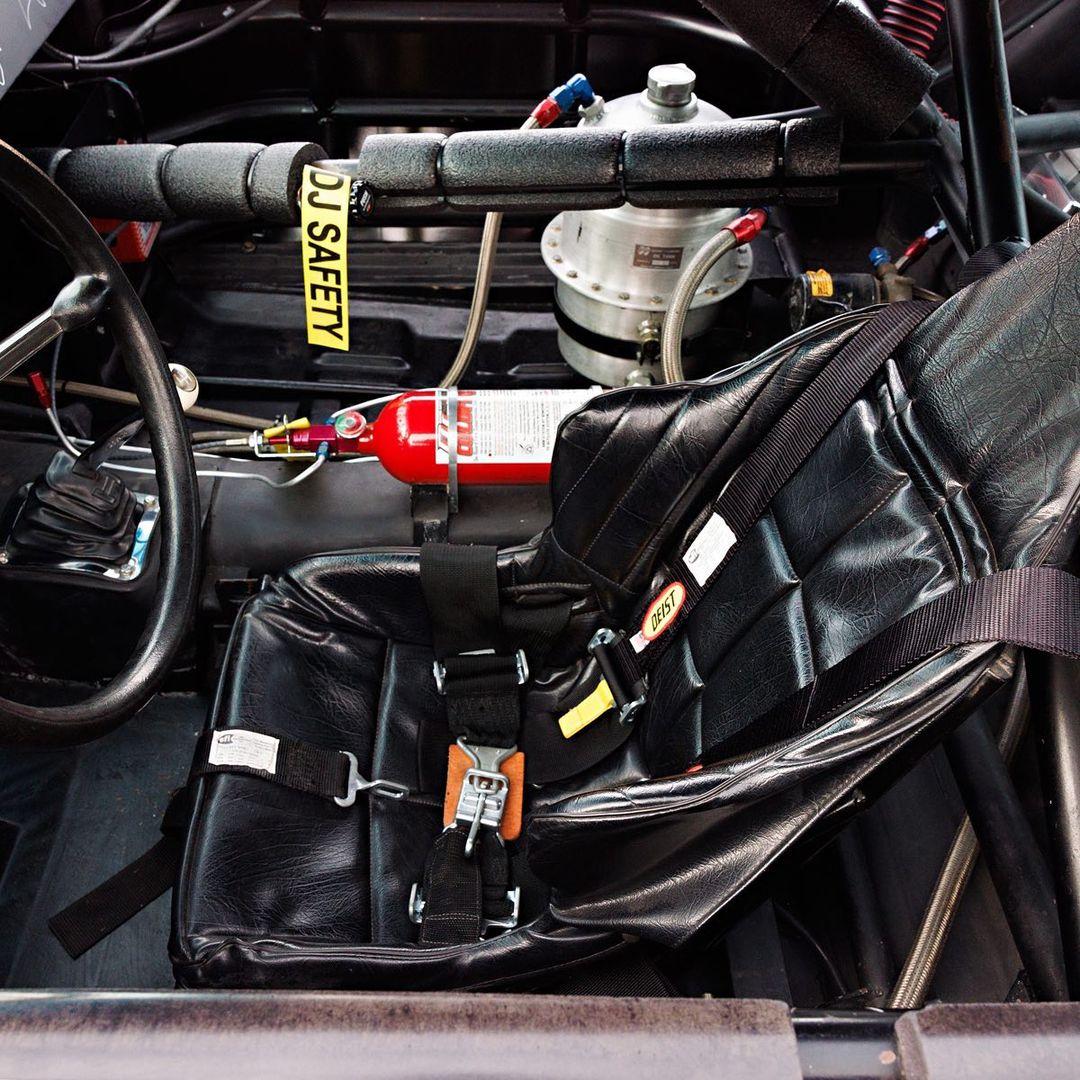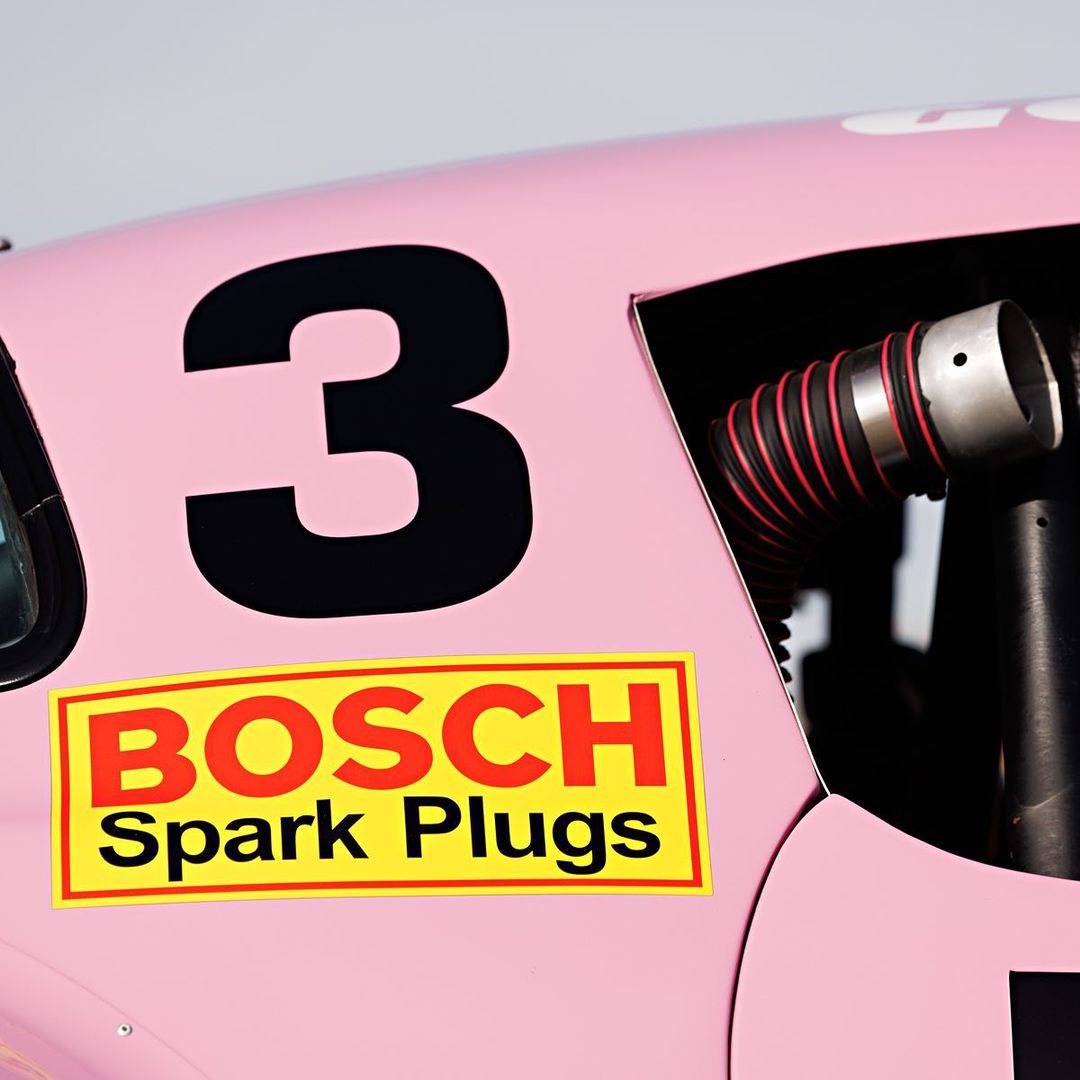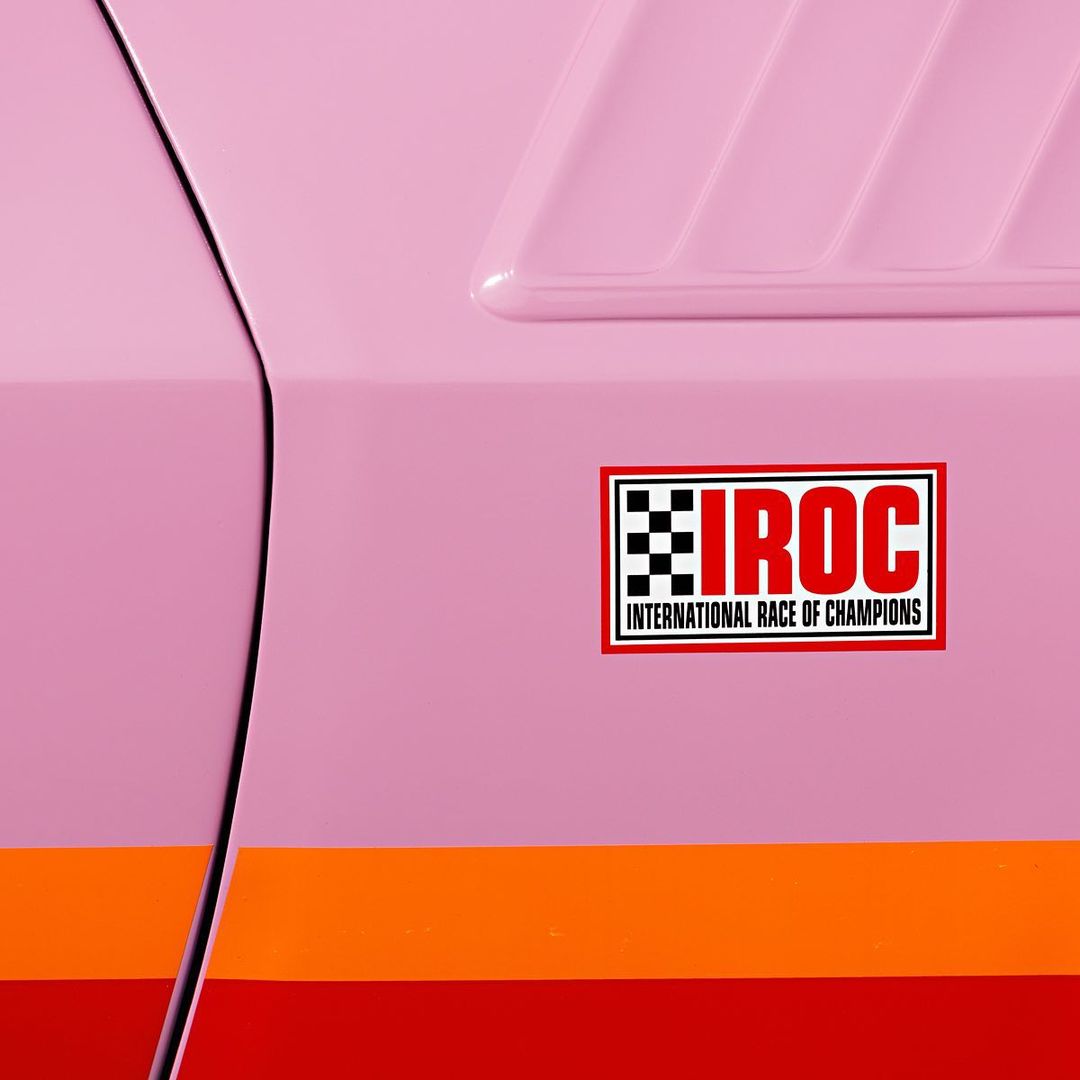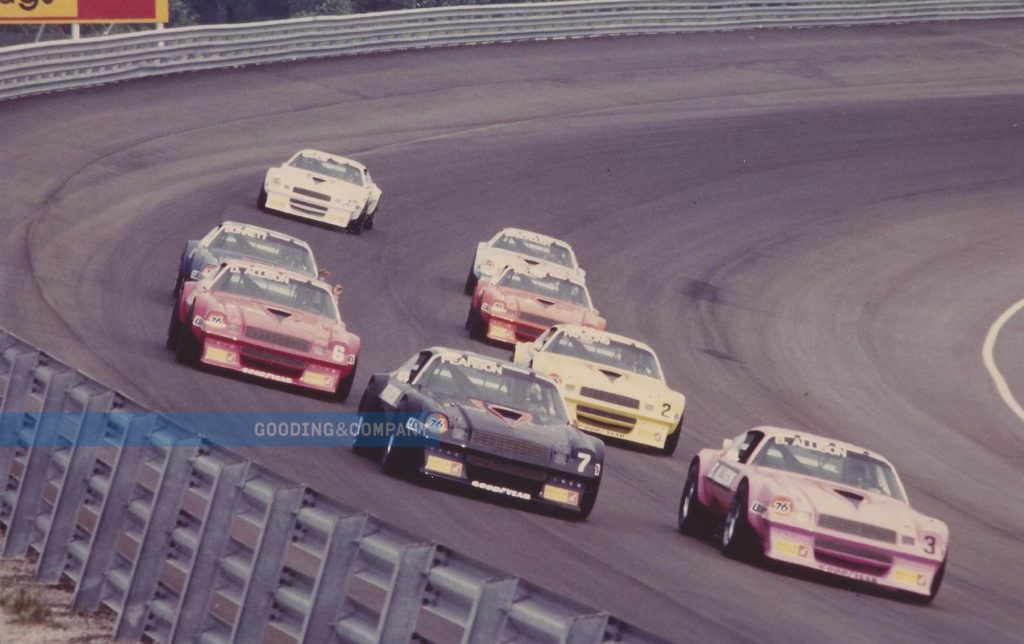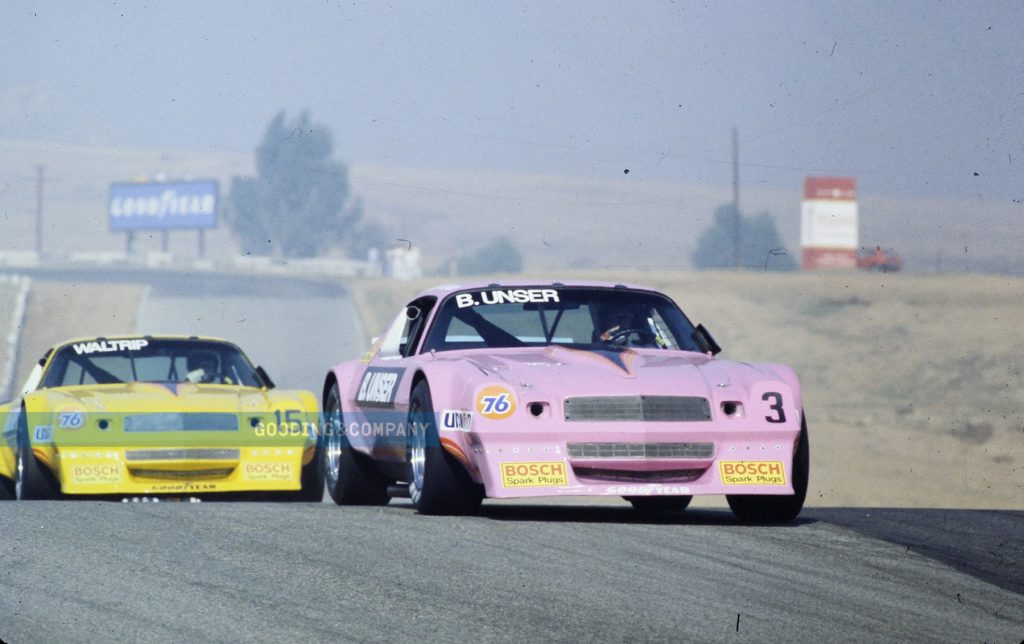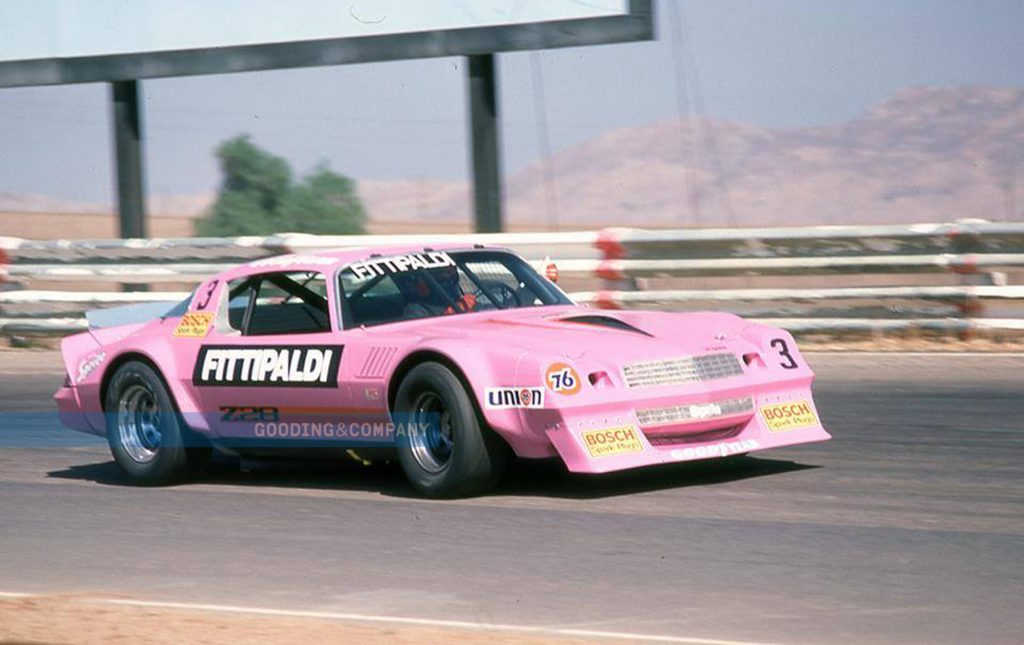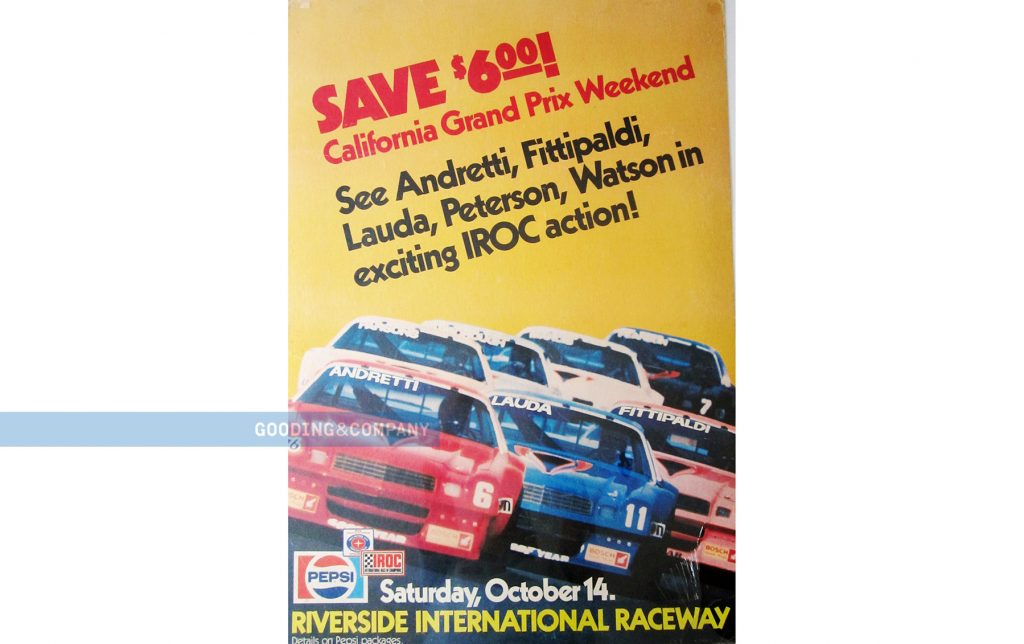The mid-2000s marked the return of the muscle car madness. Sure, some of these vehicles had been with us all along, but the more recent beasts in question echoed the lunacy of the 1960s OGs. Alas, as it happened in the early 1970s, the resurging golden age of muscle is about to fade and we’re probably living the final years of showroom big muscle. And talking about this lavender pink-finished 1977 Chevrolet Camaro IROC racecar that defied the said troubles of the era is a brilliant way to enjoy the current high-horsepower times.
The original muscle cars got in trouble starting from 1973, when the oil crisis led to more stringent efficiency standards, while insurance prices were also on the rise. In addition, the antiquated legislation of the time meant carmakers weren’t supported in terms of introducing innovative solutions for improving efficiency.
Outputs dropped dramatically and the overall market trends shifted from buyers seeking dynamic thrills to enjoying extra luxury. And the Malaise era, which also saw the 1979 oil crisis doing damage, wouldn’t end until 1983 when solutions like electronic fuel injection and computer-aided aerodynamics ushered in serious technical progress that would allow the vehicle to return reasonable efficiency without having to kill the horsepower.
The IROC (International Race of Champions)
Just as the said 1973 motoring issues were kicking in, America debuted the IROC racing series. While aiming to be a motorsport version of an All-Star Game and bringing together international drivers from multiple racing disciplines, the main battleground was still the good ole banked oval.
The inaugural season involved Porsche’s 911 Carrera RSR 3.0 and while GM didn’t care too much for racing at the time, the rear-engined coupe was replaced by modded production Camaros for the 1974-1976 seasons.
Nevertheless, 1977, the year of the example sitting on our screens, marked the switch to all-out Camaro racers. These “silhouette” Camaro IROCs resembled street cars, but were quite far in terms of tech goodies.
It all started with 15 body-in-white Camaro chassis Chevy delivered to NASCAR legend “Banjo” Matthews, who fitted these with Holman-Moody suspension and Traco Engineering 350 ci (5.7L) V8s churning out at least 450 hp.
Meanwhile, showroom Camaros, which had enjoyed somewhat similar levels of power in the final years of the first generation (the late 1960s), also sported a 350 ci V8, the motor only delivered 165 hp for 1967. Even so, the said switch to superior features meant sales of the Camaro, now in its second generation, were climbing.
In fact, 1977 marked the return of the departed Camaro Z28, which became a standalone model while pushing its 350 to 185 horses via a four-barrel carburetor. Sales skyrocketed, making that the first year when the Camaro outsold the Mustang (more on this below).
This is the chassis #14 Camaro IROC
This pink 1977 IROC Camaro, #14 out of the total of 15 units, has enjoyed multiple podium moments until the IROC series came to an end following the 1980 season. Chevy brought the name to production Camaros for the next iteration of the machine, but this is another story for another time.
The Gooding & Company, which is currently auctioning off the Chevy as part of its Amelia Island, Florida sale, reminds us that the vehicle was manhandled by a plethora of the era’s champions.
“Superstar drivers included SCCA/IMSA legend Peter Gregg, USAC/CART aces Johnny Rutherford, Al and Bobby Unser, Tom Sneva, and Wally Dallenbach, NASCAR legends Cale Yarborough and Bobby Allison, and two-time Formula 1 Grand Prix World Champion Emerson Fittipaldi,” the specialist states.
From a total of ten races, it grabbed one victory, two second-place podiums, as well as a third-place adventure—you’ll be able to enjoy the car in some photographs from back in the day in the final part of the image gallery.
Following the post-1980 IROC demise, the Camaro traded hands multiple times. The racecar is listed as being in excellent condition while having been “expertly restored” for its current owner.
Oh, and the original IROC racing seat you see in these images? It’s been tailored for Emerson Fittipaldi—the Brazilian former F1 champ’s reported height is 5 ft 9 in/174 cm, but, despite these cars being pushed to the limit back in the day, we doubt they rack up too many miles nowadays, so there’s no point in fretting over fitting in the original seat.
A pink piece of optimism
This 1977 Camaro IROC comes from an era when GM cared about the Camaro. Nowadays, though, the Chevy has fallen behind both the Mustang and the Challenger in terms of sales (2021), with rumors talking about the axing of the iconic muscle nameplate, while official teasers are supposedly limited to an electric future.
Then again, there might still be some hope for one last suck-squeeze-bang-blow Camaro generation before GM goes fully electric in 2035.
